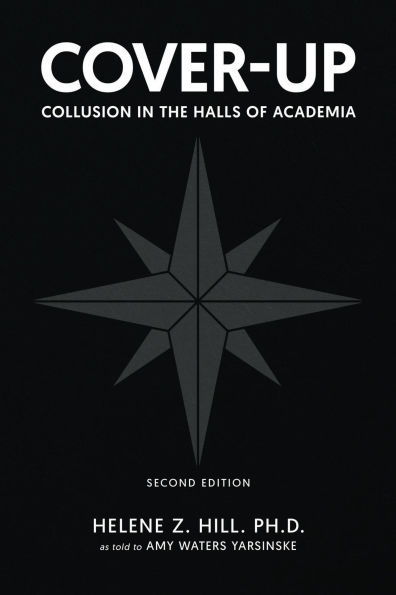This is a story about scientific fraud and one woman's attempt to set the record straight.
In March 2001, post-doctoral fellow Dr. Marek Lenarczyk reported to Professor Helene Z. Hill that he had found that post-doctoral fellow Dr. Anupam Bishayee had set up an experiment involving cultured mammalian cells that were contaminated with bacteria or mold. Drs Hill and Lenarczyk believed that the lab chief, Dr. Roger Howell, had great faith in Dr. Bishayee and would not believe them if they reported their observations to him at that time. They thus determined to follow the progress of the experiment to its end knowing that it could not produce reliable results. This fateful decision would set in motion twelve years of investigations by the University's Campus Committee on Research Integrity - three sittings, the US Public Health Service's Office of Research Integrity-two sittings, a qui tam Federal law suit charging violation of the False Claims Act, followed by 6 depositions by members of the department of Radiology of the NJ Medical School, 3 depositions by expert witnesses: 2 for the prosecution and one for the defense, a ruling by by the Federal District Court that there had been no violation of the False Claims Act because defendant Principle Investigator Howell had not known at the time that he filed the grant application that some of the data, produced by Bishayee, were false. Finally, a ruling for the defendants by the US Court of Appeals for the third Circuit in Philadelphia brought an end to the court case. Hill and expert witness Professor Joel Pitt now attempted to publish their findings of data fabrication and finally succeeded after 12 rejections.
This is a story about scientific fraud and one woman's attempt to set the record straight.
In March 2001, post-doctoral fellow Dr. Marek Lenarczyk reported to Professor Helene Z. Hill that he had found that post-doctoral fellow Dr. Anupam Bishayee had set up an experiment involving cultured mammalian cells that were contaminated with bacteria or mold. Drs Hill and Lenarczyk believed that the lab chief, Dr. Roger Howell, had great faith in Dr. Bishayee and would not believe them if they reported their observations to him at that time. They thus determined to follow the progress of the experiment to its end knowing that it could not produce reliable results. This fateful decision would set in motion twelve years of investigations by the University's Campus Committee on Research Integrity - three sittings, the US Public Health Service's Office of Research Integrity-two sittings, a qui tam Federal law suit charging violation of the False Claims Act, followed by 6 depositions by members of the department of Radiology of the NJ Medical School, 3 depositions by expert witnesses: 2 for the prosecution and one for the defense, a ruling by by the Federal District Court that there had been no violation of the False Claims Act because defendant Principle Investigator Howell had not known at the time that he filed the grant application that some of the data, produced by Bishayee, were false. Finally, a ruling for the defendants by the US Court of Appeals for the third Circuit in Philadelphia brought an end to the court case. Hill and expert witness Professor Joel Pitt now attempted to publish their findings of data fabrication and finally succeeded after 12 rejections.

COVER-UP: COLLUSION IN THE HALLS OF ACADEMIA
700
COVER-UP: COLLUSION IN THE HALLS OF ACADEMIA
700Related collections and offers

Product Details
| ISBN-13: | 9781968519148 |
|---|---|
| Publisher: | Books to Life Marketing |
| Publication date: | 07/23/2025 |
| Sold by: | Barnes & Noble |
| Format: | eBook |
| Pages: | 700 |
| File size: | 2 MB |
